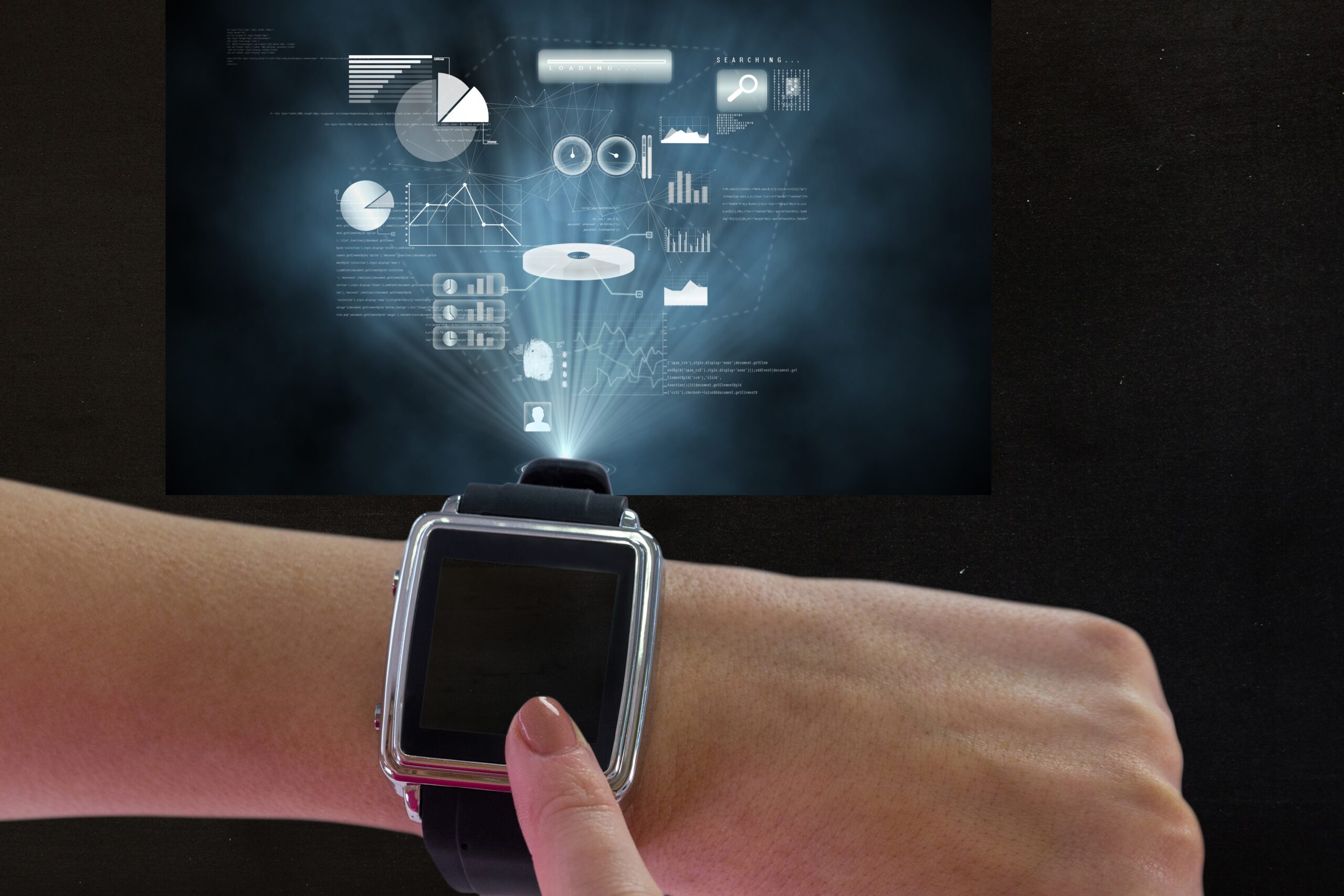The pace of technological innovation continues to accelerate, with new breakthroughs on the horizon that promise to revolutionize industries and everyday life. By 2025, several emerging technologies are expected to make a profound impact on everything from healthcare to transportation. Here’s a look at the top technologies to keep an eye on in 2025, as they will likely shape the future for years to come.
1. Artificial Intelligence (AI) and Generative AI
AI has already made waves across industries, and by 2025, it will become even more powerful. One of the key developments is generative AI, which can autonomously create content, solve complex problems, and streamline business operations. Expect AI to:
- Enhance automation, taking over routine tasks across sectors like finance, healthcare, and manufacturing.
- Create new content, from text and video to design and music, opening up new creative possibilities.
- Improve decision-making, providing data-driven insights that optimize performance and productivity.
2. Quantum Computing
Quantum computing, which uses quantum bits (qubits) to perform calculations at incredible speeds, is poised to transform industries by 2025. Expected advancements include:
- Advanced problem-solving, allowing quantum computers to solve complex problems that traditional computers can’t handle.
- Breakthroughs in drug discovery, by simulating molecular structures more accurately, speeding up the development of new treatments.
- Revolutionizing cybersecurity, with quantum encryption making data far more secure from cyber threats.
3. 6G Networks
While 5G is still in the process of global deployment, the groundwork for 6G networks is already being laid. By 2025, we may begin to see:
- Ultra-fast internet speeds, enabling near-instantaneous data transfers.
- Near-zero latency, making real-time interactions, such as remote surgeries and virtual reality experiences, seamless.
- AI-powered smart cities, with 6G supporting an interconnected infrastructure that’s more responsive to user needs.
4. Biodegradable Electronics
With environmental sustainability becoming increasingly important, biodegradable electronics are set to reduce e-waste and create more sustainable products. Key developments include:
- Eco-friendly gadgets that decompose after use, preventing waste accumulation.
- Biodegradable medical devices, such as temporary implants and sensors, reducing medical waste.
- Smarter consumer electronics, made from environmentally friendly materials without sacrificing performance.
5. Brain-Computer Interfaces (BCIs)
BCIs are advancing rapidly, enabling a direct link between the human brain and machines. By 2025, BCIs will likely see breakthroughs such as:
- Enhanced accessibility, enabling people with disabilities to interact with computers, smartphones, and other devices simply by thinking.
- Mind-controlled devices, offering a more natural interface for everything from gaming to productivity tools.
- Medical applications, using BCIs for rehabilitation or to help patients with neurological disorders regain lost functions.
6. Augmented Reality (AR) and Mixed Reality (MR)
AR and MR technologies are expanding beyond entertainment and into sectors like retail, education, and healthcare. In 2025, we can expect:
- Virtual try-ons in retail, allowing customers to see how products look before they buy.
- Interactive learning tools that make education more engaging and immersive.
- Medical applications, such as using MR to assist with surgeries or provide remote guidance to doctors.
7. Self-Healing Materials
The future of materials science will include self-healing materials, which have the ability to repair themselves after damage. These materials will revolutionize several industries, including:
- Infrastructure, reducing repair costs for bridges, roads, and buildings.
- Consumer electronics, where devices like smartphones could automatically fix cracks or scratches.
- Aerospace, where self-healing materials will improve safety and durability in aircraft and spacecraft.
8. Robotics and Autonomous Systems
Robots and autonomous systems are becoming more intelligent, capable, and autonomous, with applications across industries. By 2025, expect to see:
- Human-like robots assisting in customer service, healthcare, and hospitality.
- Autonomous delivery systems, using drones and robots to streamline logistics and reduce delivery times.
- Robotic process automation, enhancing productivity in manufacturing, retail, and other sectors.
9. Blockchain and Web3
Blockchain technology is evolving, and with it comes the rise of Web3, a decentralized version of the internet. By 2025, blockchain will enable:
- Decentralized finance (DeFi), allowing individuals to access financial services without relying on traditional banks.
- More secure digital identities, reducing the risks of identity theft and fraud.
- Blockchain-powered supply chains, improving transparency and reducing fraud in industries like logistics and food safety.
10. Sustainable Energy Technologies
As the demand for clean energy grows, sustainable energy technologies will continue to advance. Key innovations include:
- Fusion energy making great strides, offering a limitless source of clean energy.
- Advanced solar and wind technologies that offer higher efficiency and lower costs.
- Next-generation batteries, improving energy storage for electric vehicles and grid systems.
Conclusion
The technology landscape in 2025 promises to be transformative. From AI and quantum computing to biodegradable electronics and sustainable energy, these innovations will drive efficiencies, create new opportunities, and address global challenges. Staying informed about these emerging technologies will be crucial for businesses and individuals alike as we navigate this rapidly changing world.



